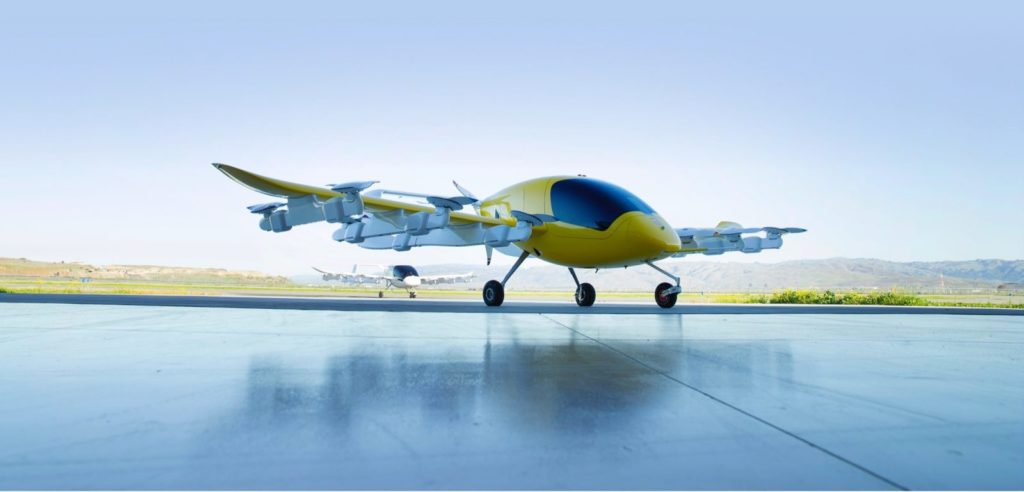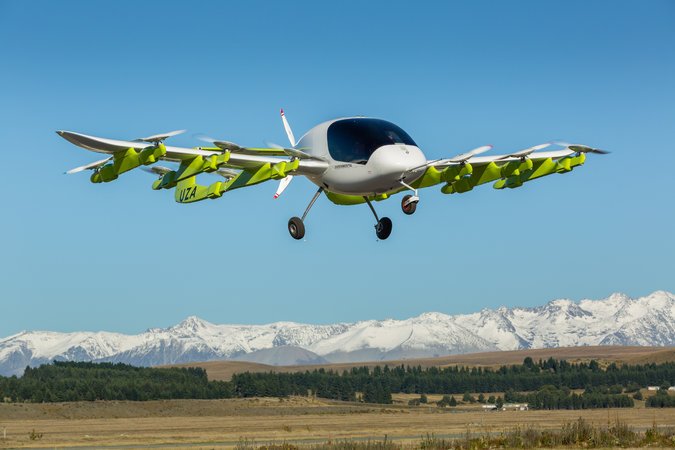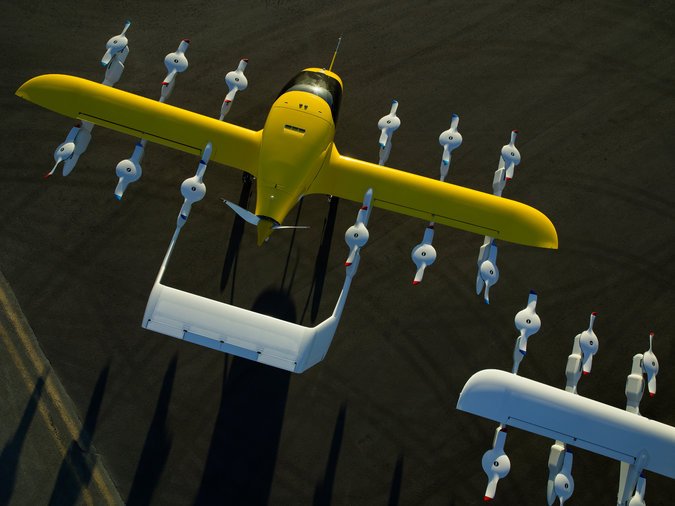Aviation
Google’s World’s first self-piloted electric flying car unveiled in New Zealand.
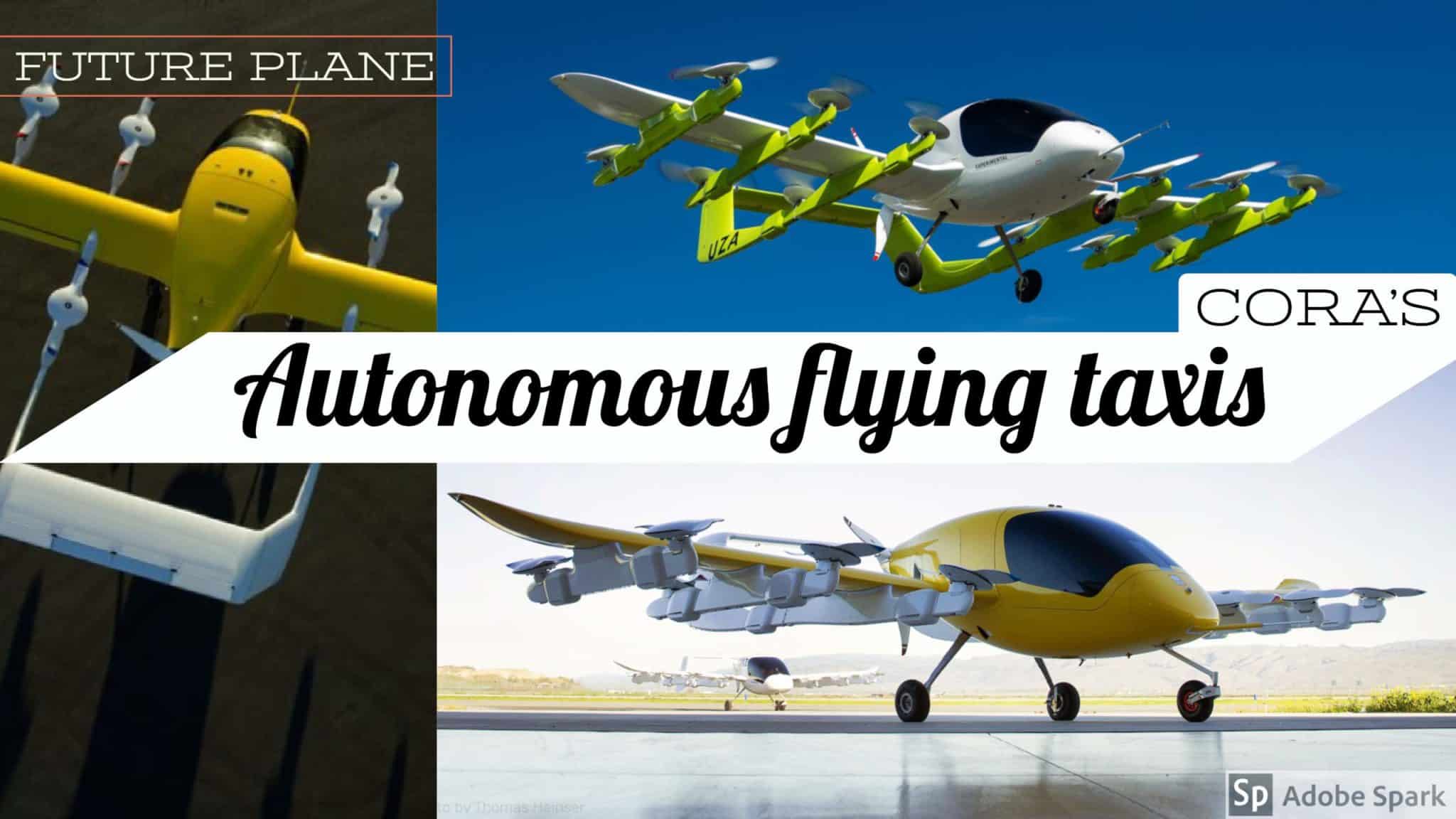
Cora is an air taxi designed and built by Kitty Hawk. It combines electric power, self- piloting software and vertical take-off to pioneer an entirely new way to fly. Cora is the beginning of a journey toward everyday flight, where air travel will be woven into our daily lives.
Kitty Hawk is a company dedicated to bringing the power of electric, everyday flight to our lives. Cora is one of several exciting aircraft we’ll be sharing with the world.
Cora isn’t just about flying. It’s about people and mobility. It’s about the time you could save soaring over traffic. The friends you could visit. The opportunities you could seize. Cora is about giving everyone a fast and easy way to get around that doesn’t come at the expense of the planet.
What is special about Cora?
- Access: Cora rises like a helicopter and flies like a plane, eliminating the need for a
runway and creating the possibility of taking off from places like rooftops. - Ease: Cora will use self-flying software combined with human oversight to make flying
possible for people without training. - Sustainability: Cora is powered by the same kind of technology that helps electric cars
contribute to a more sustainable world.
“Cora” The Electric Flying Taxi Fats facts.
- Cora is powered by 12 independent lift fans, which enable her to take off and land vertically like a helicopter
- It combines electric power, self-piloting software and vertical take-off to pioneer an entirely new way to fly.
- The Vehicle can “take off like a helicopter and Transition to flying like a plane”
- Google cofounder and Alphabet CEO larry Page jointly invested in Cora Project.
- The Cora being developed by California-based Kitty Hawk
- Cora can fly faster than 150 kilometers per hour (93 miles an hour)
- It has self-piloting and can fly range of 100 kilometers.
- A parachute that launches if Cora needs to land without its fans.
- Cora will take take to the skies in 2021 and act as an ‘Uber for the skies
- It has a wing span of 36 feet (11 m) and fly at altitudes between 500 and 3,000 feet
- it is working with the New Zealand government to commercialize its air taxis.
- Kitty Hawk had previously tested another flying vehicle prototype called the “Flyer” last April, which looked less like a car,

Aviation
Lost Tool Found in Qantas A380 After 34 Flights
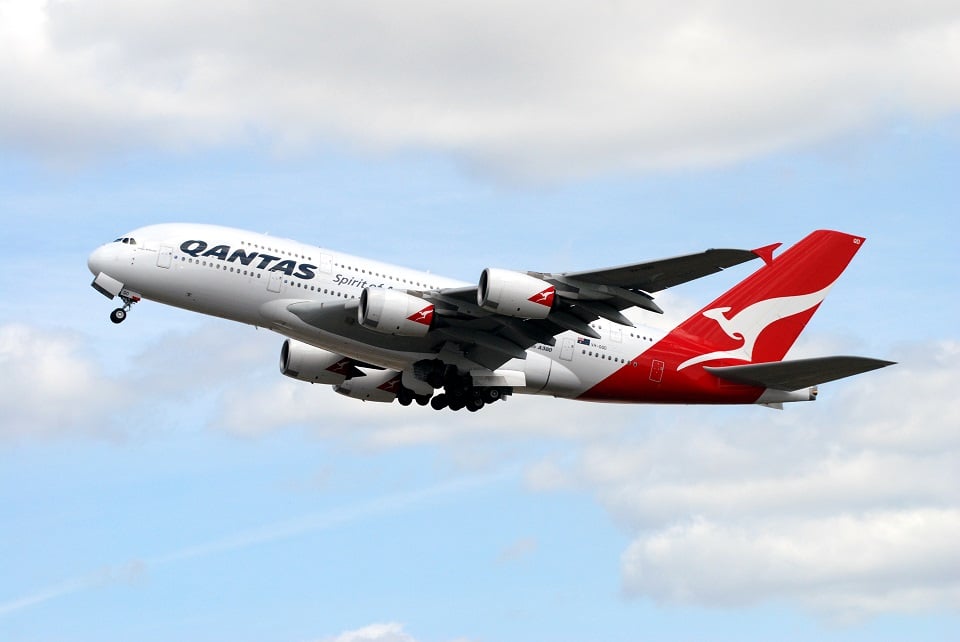
An Australian Transportation Safety Bureau (ATSB) investigation recently revealed that a Qantas A380 operated 34 flights with a 1.25-meter nylon tool lodged in one of its engines.
This turning tool, used during borescope inspections to rotate the intermediate-pressure compressor, was left behind during scheduled maintenance at Los Angeles on December 6, 2023. It remained inside the engine until it was discovered by maintenance staff during a subsequent check at Los Angeles on January 1, 2024.
China Takes the Lead in Sixth-Generation Fighters with White Emperor B
The ATSB report highlights two critical lapses. First, maintenance engineers failed to notice the tool during final checks for foreign objects after the borescope inspection. Second, the lost tool procedure was not activated when the tool was identified as missing.
The certifying engineer ultimately cleared the aircraft for service without accounting for the misplaced tool. During the time qantas films the tool was inside, the A380 completed 34 flight cycles, accumulating nearly 294 hours without any noticeable effect on engine performance.
Although the tool was deformed by high-energy airflow within the engine, there was no reported damage to the engine itself. ATSB Chief Commissioner Angus Mitchell commented.
India’s C-295 to Gain Advanced Weapons for Maritime Surveillance
“This incident underscores the importance of following established maintenance protocols. Engineers missed the tool during foreign object checks, and the required lost tool procedure wasn’t started after realizing the tool was missing.”
Following the investigation, the airline issued a safety directive, urging all engineering and tool storage teams to adhere strictly to these protocols to prevent similar incidents in the future.
A qantas spokesperson stated, “While the tool didn’t impact engine performance, we take this incident very seriously. It is critical to follow the correct lost tool procedures.”
-

 Aviation2 months ago
Aviation2 months agoBoeing confirms 797: A New Era for Mid-Size Aircraft
-

 Aviation2 months ago
Aviation2 months agoMicrosoft Flight Simulator Raises $3 Million to Bring Back the An-225 Mriya
-

 Aviation2 months ago
Aviation2 months agoLockheed and Tata Team Up to Build C-130J MRO Facility in India
-

 Airlines2 months ago
Airlines2 months agoQantas Engineers Stage Walkout Over Cost of Living Concerns
-

 Airlines2 months ago
Airlines2 months agoQatar Citizens Can Travel to the United States Without a Visa
-

 Aviation2 months ago
Aviation2 months agoBoeing Offers 25% Pay Increase & Promise to Build Next Plane in Seattle
-

 Aviation2 months ago
Aviation2 months agoQatar Airways bans these new Electronic Devices on plane
-

 Airlines2 months ago
Airlines2 months agoEmirates Ends 28-Year Singapore-Melbourne Fifth Freedom Route

